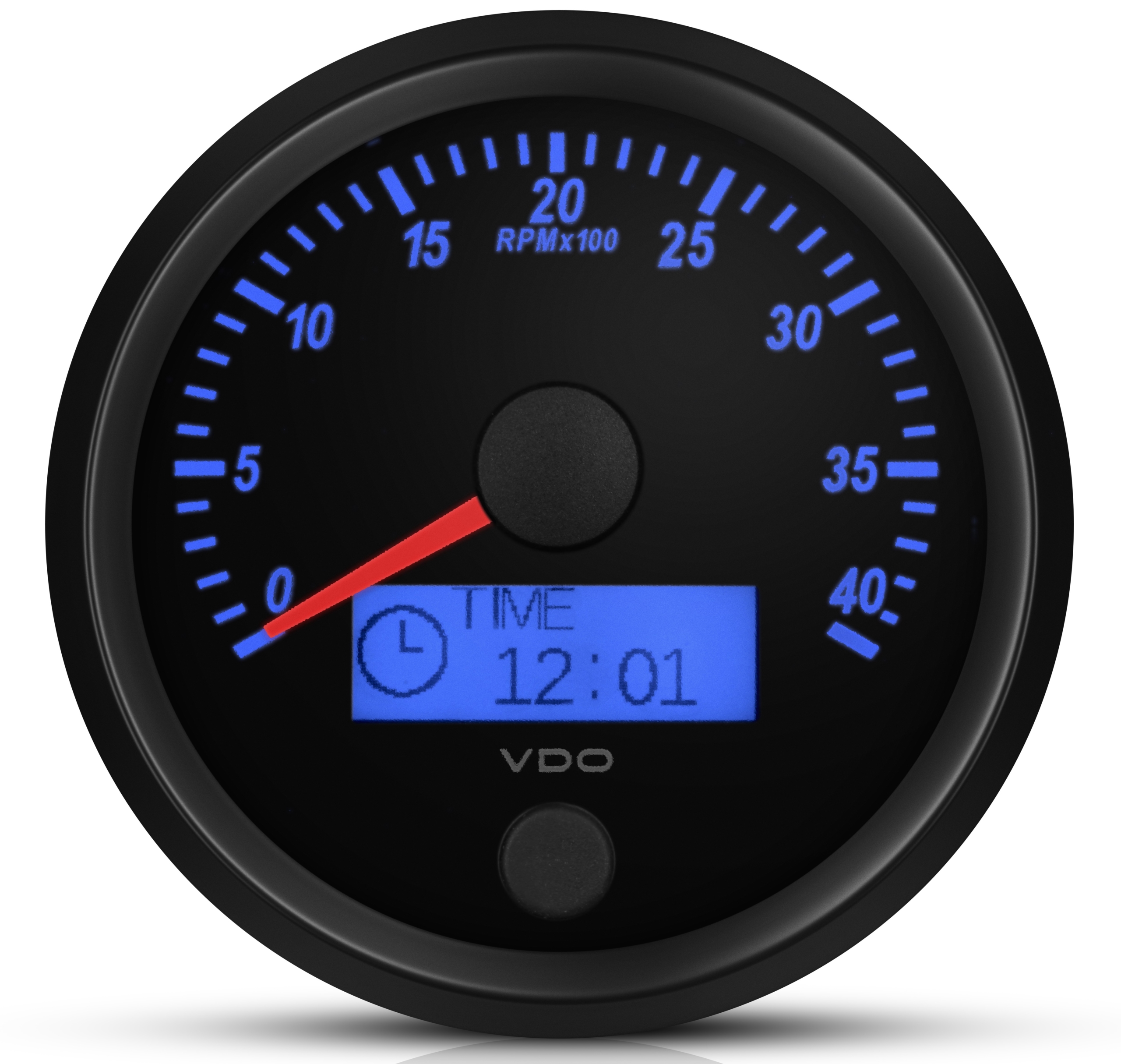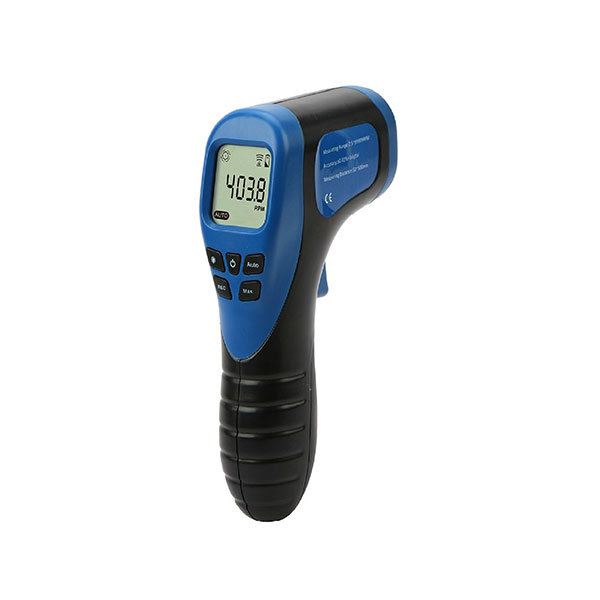Unlocking the Tricks of Tachometers: Every Little Thing You Required to Learn About This Essential Tool in Your Car
Understanding the intricacies of tachometers can supply valuable insights into your automobile's performance and upkeep needs. From measuring engine speed to figuring out the data it provides, tachometers serve as an essential tool for automobile owners and lovers alike. By untangling the secrets behind this necessary tool, you can unlock a wide range of info that can boost your driving experience and make sure the durability of your automobile.
Relevance of Tachometers
The significance of tachometers depends on their ability to give crucial real-time information about an engine's rotational speed, permitting precise surveillance and upkeep of machinery. By measuring the changes per min (RPM) of an engine's crankshaft, tachometers offer important insights into the engine's efficiency - tachometer. This data is vital for making sure that the engine operates within its ideal range, staying clear of prospective damage from over-revving or underperforming
Tachometers play an important duty in assisting operators and service technicians spot any type of anomalies in the engine's speed, which can indicate problems such as gas inefficiency, mechanical problems, or excessive stress on the engine. By without delay recognizing these problems through tachometer analyses, maintenance can be carried out proactively, protecting against costly fixings and downtime in the future.
Furthermore, tachometers are specifically vital in high-performance vehicles and equipment, where accurate control over engine speed is needed for ideal operation. Competing cars and trucks, airplane, and commercial equipment count on tachometers to deliver peak efficiency while keeping safety standards. Basically, tachometers are not simply tools for gauging speed yet indispensable tools for ensuring the smooth and efficient operation of engines throughout different applications.
Just How Tachometers Procedure Engine Rate
Using sensing units that identify the regularity of electrical pulses created by the engine's ignition system, tachometers accurately gauge the rotational rate of an engine. By keeping track of the rate at which these pulses are received, tachometers provide real-time responses on just how quickly the engine's crankshaft is revolving per min, typically referred to as transformations per min (RPM)
The tachometer's sensor, frequently attached to the engine's ignition coil or stimulate plug wires, gets the electric signals generated each time a cylinder fires. These signals are then exchanged RPM readings showed on the scale or tool cluster within the driver's view. Tachometers can be analog or electronic, with modern cars commonly including digital display screens for precise and instant RPM analyses.
This information is vital for chauffeurs to recognize the engine's performance, avoid over-revving, enhance gear changing, and guarantee efficient fuel intake. By accurately measuring engine rate, tachometers play a crucial function in helping vehicle drivers operate their cars safely and efficiently.
Analyzing Tachometer Readings
Having a clear understanding of how tachometers determine engine speed sets the foundation for efficiently analyzing the RPM readings showed. Interpreting tachometer readings is important for webpage optimal lorry efficiency and engine wellness. When the engine is idling, the tachometer needle commonly rests around 600-1000 RPM, depending on the vehicle.


Tips for Utilizing Tachometers Properly
To improve driving effectiveness and enhance engine efficiency, what secret techniques can be applied for successfully utilizing tachometers? Tachometers are vital tools that offer real-time responses on engine speed, making it possible for vehicle drivers to make informed choices for better efficiency - tachometer. Below are some suggestions for using tachometers effectively:
Comprehending Ideal RPM Variety: Familiarize yourself with the optimum RPM (Transformations Per Minute) array for your car. This array varies in between various cars and trucks and is normally shown in the owner's guidebook. Keeping the engine within this array can enhance gas performance and prolong the engine's lifespan.
Changing Gears at the Right Time: Utilize the tachometer to determine the best time to change equipments. Objective to move gears when the RPM gets to the optimum array for the following gear.
Keeping An Eye On Engine Stress: High RPMs for long term periods can stress the engine. Keep an eye on the tachometer to avoid over-revving, specifically during acceleration or when bring heavy lots.
Tachometers and Car Maintenance
When taking into consideration automobile maintenance, tachometers play an important role in checking engine efficiency and spotting possible issues. Tachometers offer necessary data on engine speed, allowing motorists and technicians you can try these out to ensure that the engine is operating within the advised RPM array.
In enhancement to spotting potential issues, tachometers can additionally help in optimizing fuel effectiveness. By keeping the engine speed within the optimum array, vehicle drivers can improve their gas mileage and decrease fuel consumption. This a knockout post not only profits the motorist's budget yet additionally contributes to environmental conservation by lowering damaging discharges.
Verdict
